Painting Warhammer miniatures can seem daunting, but with a little know-how, you can speed up the process and create great looking miniatures! Are you painting Warhammer 40k models or other miniatures from Games Workshop?
In this article, we will discuss some tips that will make Warhammer painting easier and faster. So let’s get started!
Here are 9 Warhammer Painting Tips for New Painters
Tip 1: Choose the Right Paint
One of the best ways to speed up the painting process is to use the right type of paint. Games Workshop offers a wide range of paints that are specifically designed for Warhammer models. These paints are made to adhere well to plastic and resin surfaces, and they come in a variety of colors.

Tip 2: Prime the Model
A primed model will be much easier to paint than an unpainted model. Games Workshop offers a variety of primers that are designed for use with Warhammer miniatures. Priming the model before painting will help the paint to adhere better, and it will also help to reduce the number of coats of paint that are needed.
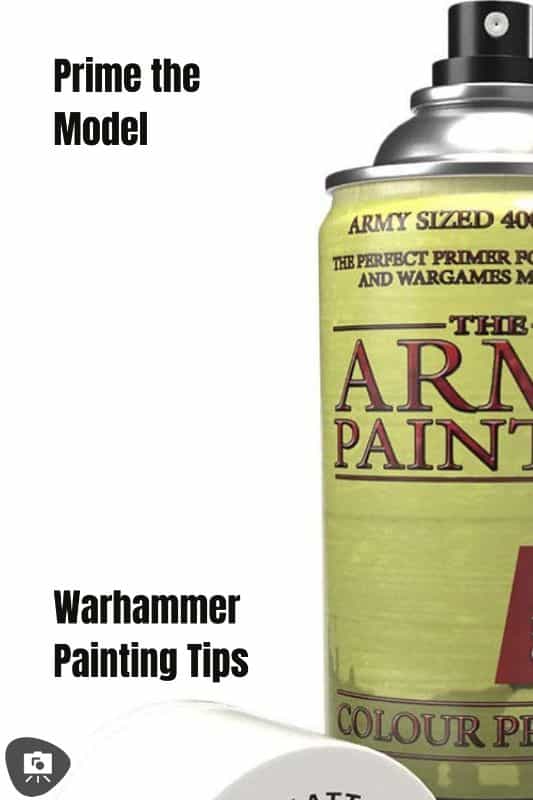
Tip 3: Paint in Layers
Paint the model in thin layers, rather than applying one thick coat of paint. This will help to avoid brushstrokes and will give the model a smoother finish. It will also help to prevent the paint from bubbling or cracking.
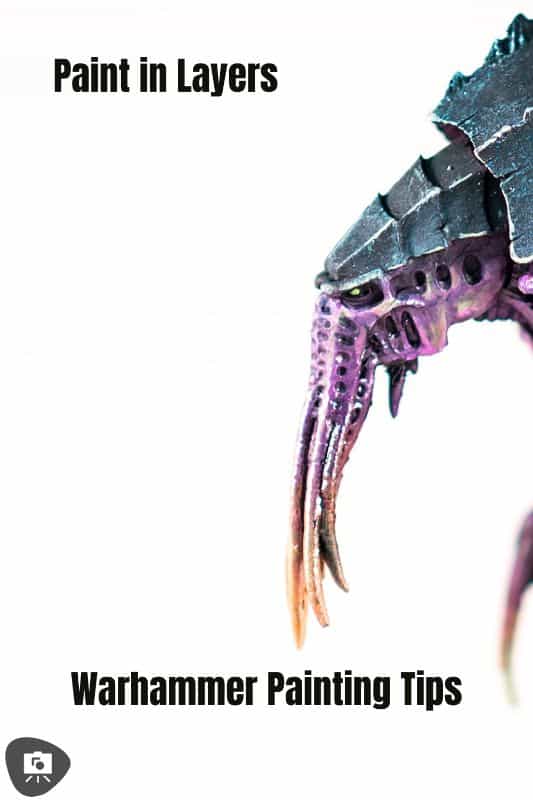
Tip 4: Use the Dry Brushing Technique
A dry brush can be used to add highlights and details to the model. Simply dip the brush into the paint, and then wipe most of the paint off on a piece of paper towel. Then, lightly brush over the desired area. This will help to add highlights and details without using too much paint.
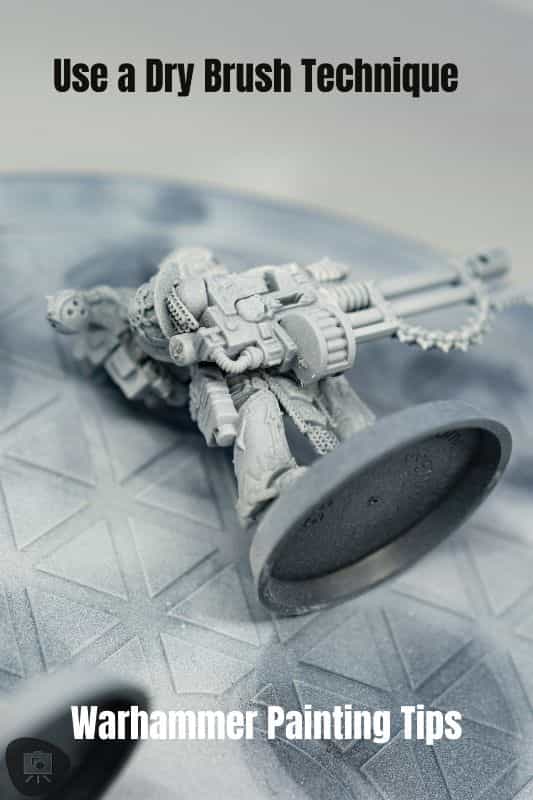
Tip 5: Try a Paint Marker
A paint marker can be used to add details and highlights to the model. These markers come in a variety of colors, and they are easy to use. Simply shake the marker well and then press the tip against the desired area. These are great for highlighting edges or for quickly coloring in panel armor lines.
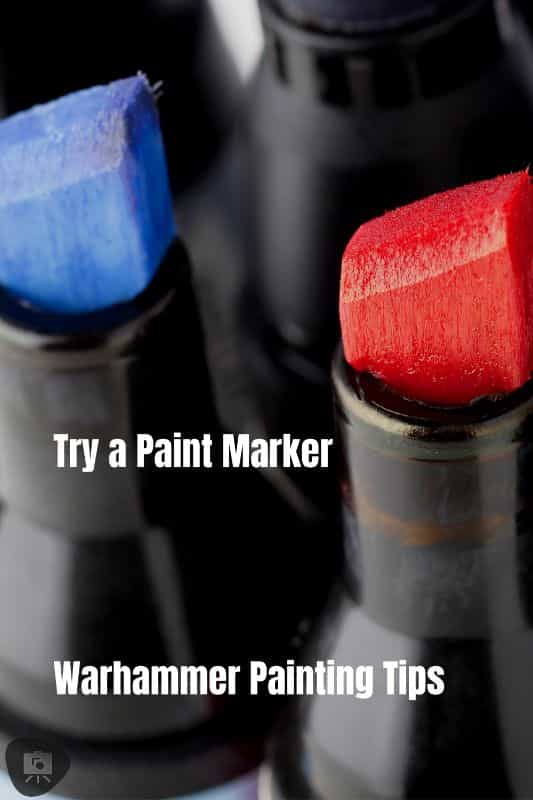
Tip 6: Apply a Model Wash
A model wash can be used to add a darkening shade to a model. A wash should not be confused with a glaze or ink, as the wash’s use is specific for helping you achieve contrast (e.g., the 3D pop) along with a highlighting step. Combine a wash with a drybrush for a quick paint job.
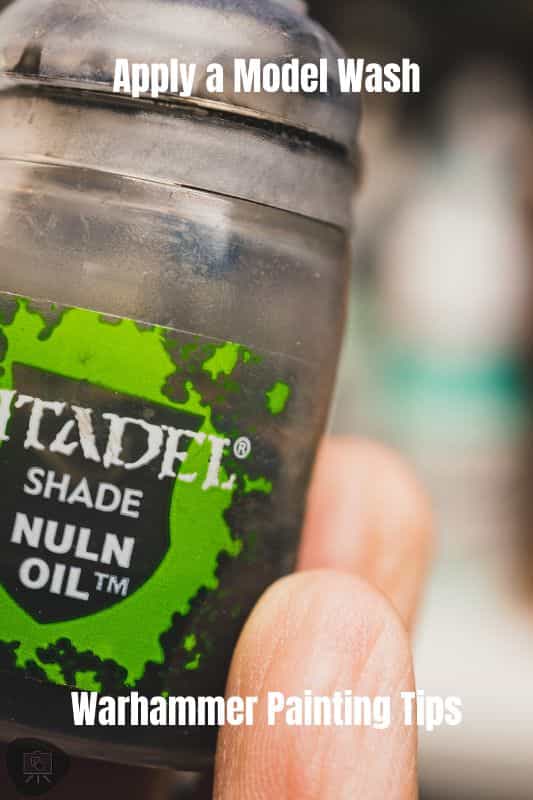
Tip 7: Learn to Use Decals
Decals can be used to add details and markings to the model. These decals are available in a variety of designs. Briefly, all you need to do is simply soak the decal in water for a few seconds to get the decal to lift from its paper backing. Then, transfer the decal to your miniatures surface. Check out this article for more details about how to easily use wet decals on Warhammer models.
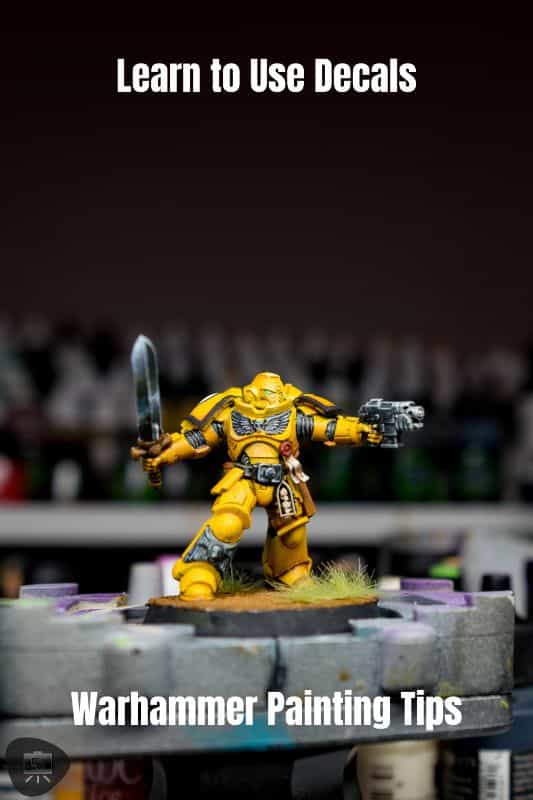
Tip 8: Spray Instead of Brush
A spray paint can be used to quickly and easily paint large areas on the model. Spray paint is a great option for painting large surfaces, such as armored vehicles or terrain pieces. Simply shake the can well and then spray the desired area. Of course, there are more nuanced tips and ways to use spray applications on gaming models and miniatures. A spray booth can help you paint indoors with some exceptions to the kind of paints and mediums you spray.
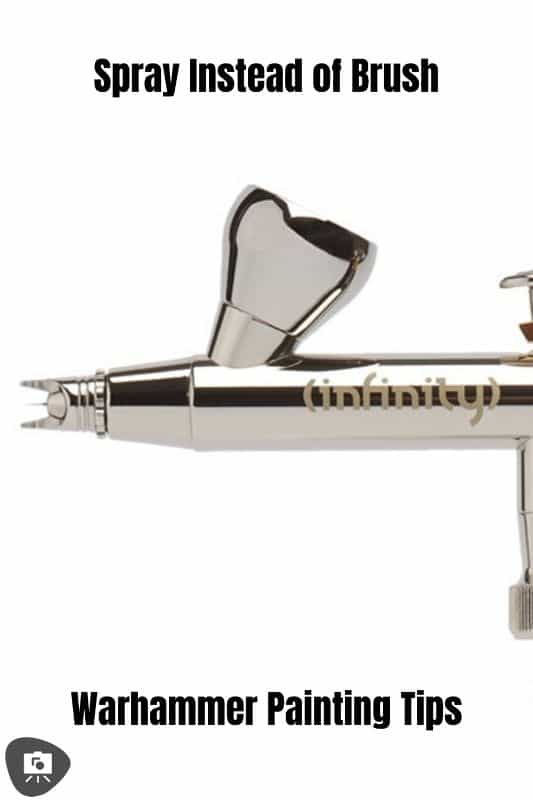
Tip 9: Use a Wet Palette
A wet palette can be used to help the paint to stay moist and to avoid it from drying out. This is a great option for painters who live in hot climates, or for painters who are working on large projects with unique, custom mixed colors. Simply fill the palette with water, place special palette paper down, and then add the paint. The paint will stay moist for hours, which will help to help you paint with a slower pace or save you paint.
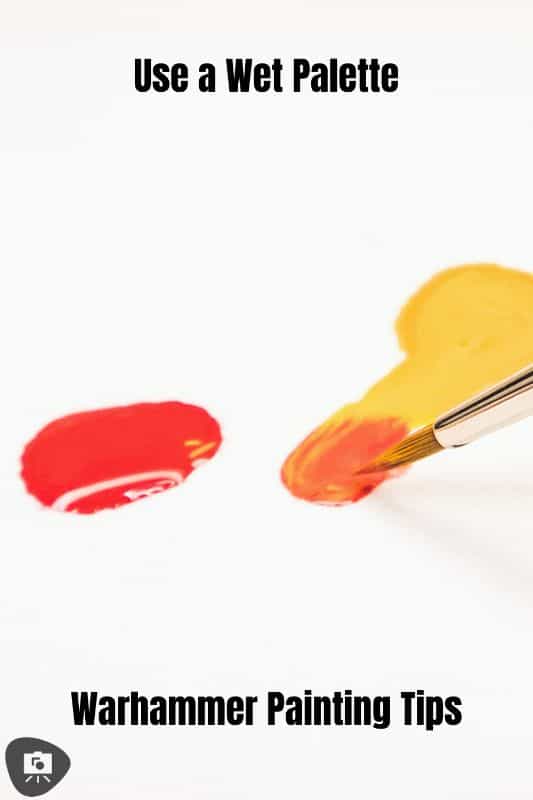
Other Popular Miniature Painting Tips I Gathered From the Miniature Painting Community
- Prime your miniatures before painting. This will help the paint adhere better and make the finished product look better.
- Don’t try to paint every detail on your miniature. Some areas can be left unpainted and still look great.
- Use thin coats of paint when painting your miniatures. Trying to apply too much paint at once will make the process take longer and will result in a messy finished product.
- Paint the larger areas of your miniature first, and then move on to the smaller details. This will help you avoid having to go back and re-paint areas that you have already finished.
- Use a brush that is the right size for the area you are painting. A too-large brush will not allow you to be precise, while a too-small brush will be difficult to use and will take longer to paint with.
- Use a light touch when painting your miniatures. Applying too much pressure will cause the paint to streak and will not look very good.
- Let your miniatures dry completely before sealing them with a coat of varnish. This will help protect the paint job and will make the miniatures last longer.
- Have fun with your miniature painting! Experiment with different colors and techniques to see what works best for you.
Quick Start Supplies and Equipment for Miniature Painting
In order to get started with miniature painting, you will need some basic supplies. These supplies include:
Paint: You will need a variety of colors to paint your miniatures. There are many different brands and types of paint available, so experiment until you find the type that you like best.
Brushes: You will need a variety of brushes in different sizes to paint different parts of your miniature. Or, you can stick with one brush that can do it all.
Palette: You will need something to mix your paints on. A plastic palette or a disposable paper palette work well for starters. You can upgrade to other palettes or wet palettes, later, as you commit more time to the hobby.
Water Container: You will need something to hold water to wet or clean your brushes, e.g., change colors. There are many paint cup or mug options you can choose from.
Primer: A primer is a type of paint that is used to prepare the surface of the miniature for subsequent layers of paint. Primer can be found in either spray or liquid form. Here’s a handy primer overview about how, when, and what to use primers for on miniatures and models.
Varnish: Varnish is a clear coat that is applied over the finished miniature to protect it from scratches and fading. Here are my recommend varnishes for miniatures.
Hobby table space: You will need a place to work on your miniatures, preferably with a good lamp and light. Or, you can opt for a portable workstation if you’re borrowing the kitchen table or planning to travel with your miniature painting hobby.
Conclusion
Painting your Warhammer miniatures can be a fun and rewarding experience, but it can also be time consuming. I hope you find these tips helpful for you to paint your miniatures quickly and easily, without sacrificing quality.
It’ll take time, but with patience you’ll be able to enjoy the process of painting while still finishing your gaming models in a timely manner. So what are you waiting for? Get painting!
Have a question? Feedback? Let me know with a comment!




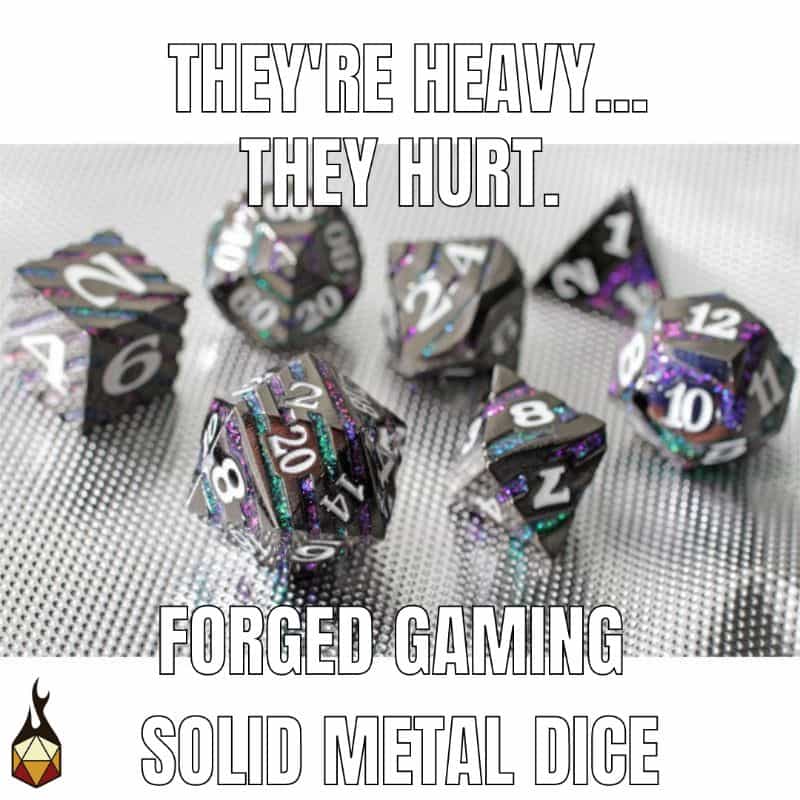
Tangible Day on YouTube (Miniatures and More!)


Pingback: Warhammer Painting Tips for Beginners (9 Easy Things to Do!) — Tangible Day | Ups Downs Family History